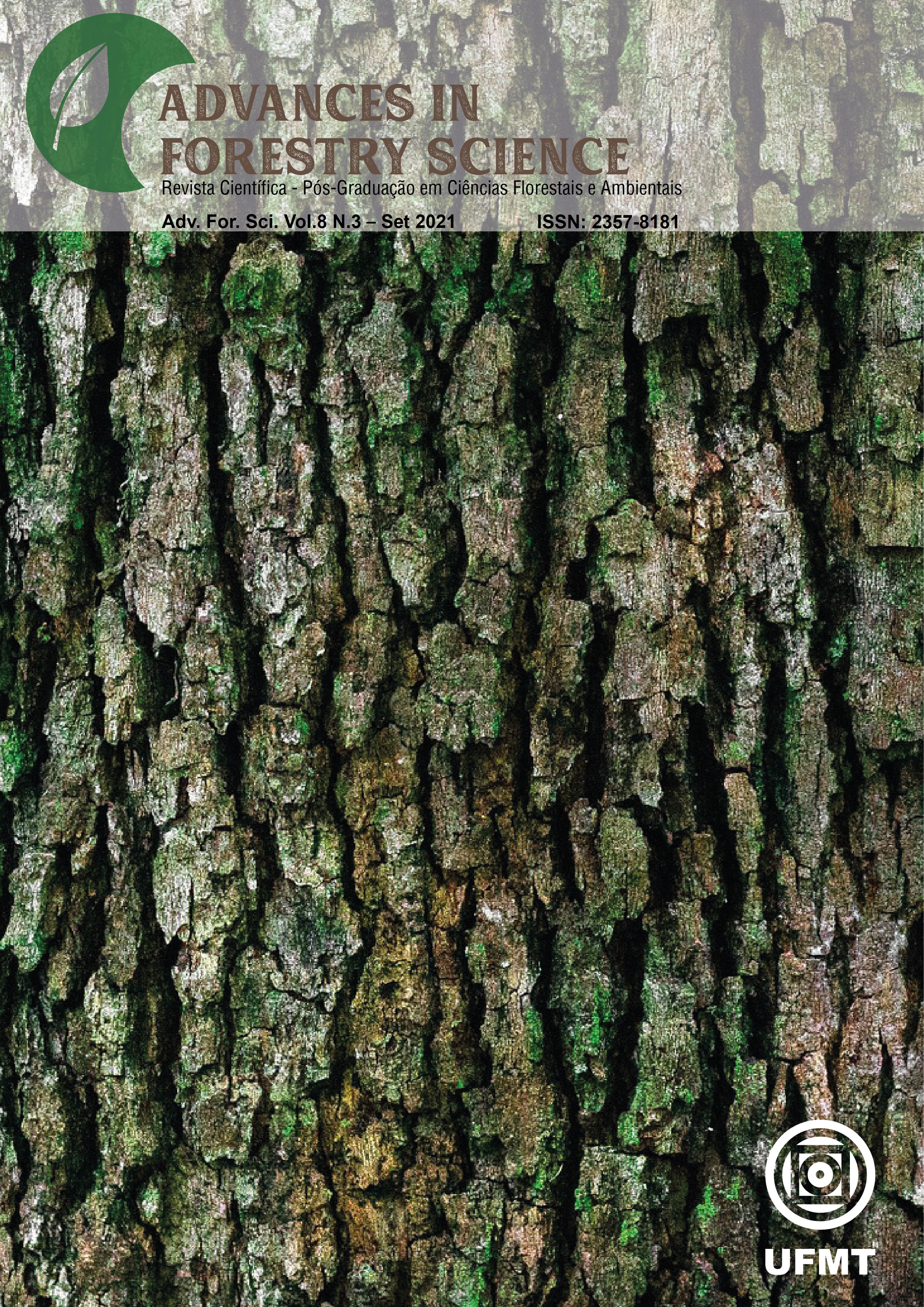Physiological and anatomical responses of Eucalyptus camaldulensis leaves to glyphosate application
DOI:
10.34062/afs.v8i3.12483Abstract
The use of herbicides is a usual practice in E. camaldulensis nurseries and plantations. The most widely used herbicide is glyphosate, whose drift damages this plant leaves. Although the mechanism of action of glyphosate is well known, it is not clear which alterations lead to the death of plants. The aim of this work was to assess the physiological and anatomical responses of leaves of E. camaldulensis seedlings to glyphosate application. Tests were performed on one-year-old seedlings sprayed with 0, 65 and 130 g a.e. ha-1 glyphosate. Ten days after the application, we measured gas exchange and fluorescence emission of chlorophyll a. We also quantify the concentrations of chlorophyll a, shikimate, carbohydrates, K+ and Mg2+, and the anatomical parameters of epidermis and mesophyll. Data was contrasted using Fisher’s test (p<0.05). We concluded that glyphosate alters the physiology of E. camaldulensis, inhibiting photosynthesis, changing the metabolism of carbohydrates and the ionic homeostasis. Tissue disorganization, heavily marked at the level of mesophyll, indicates definite alterations.
Downloads
Published
Issue
Section
License
All copyright must be assigned to the Federal University of Mato Grosso.

